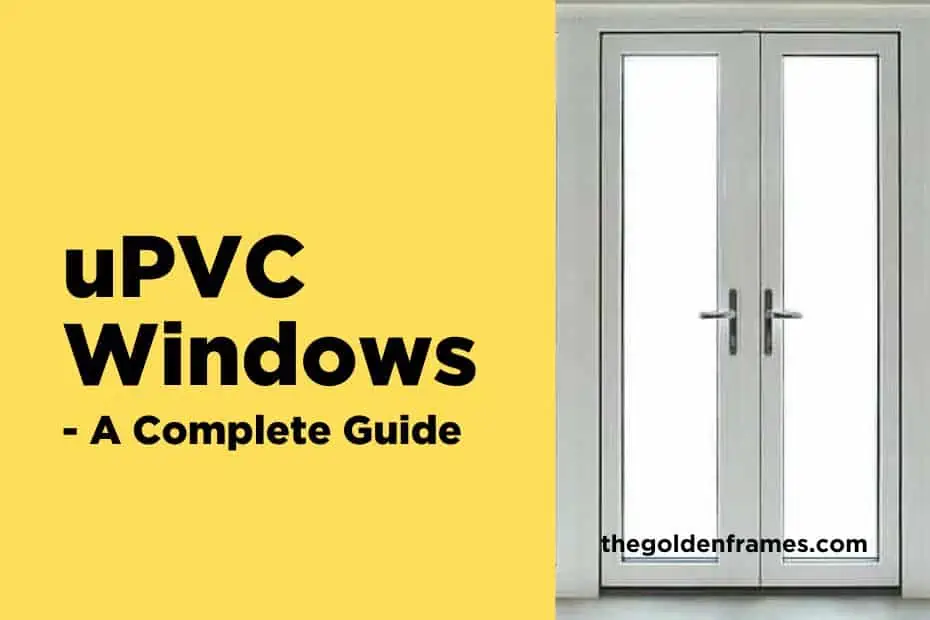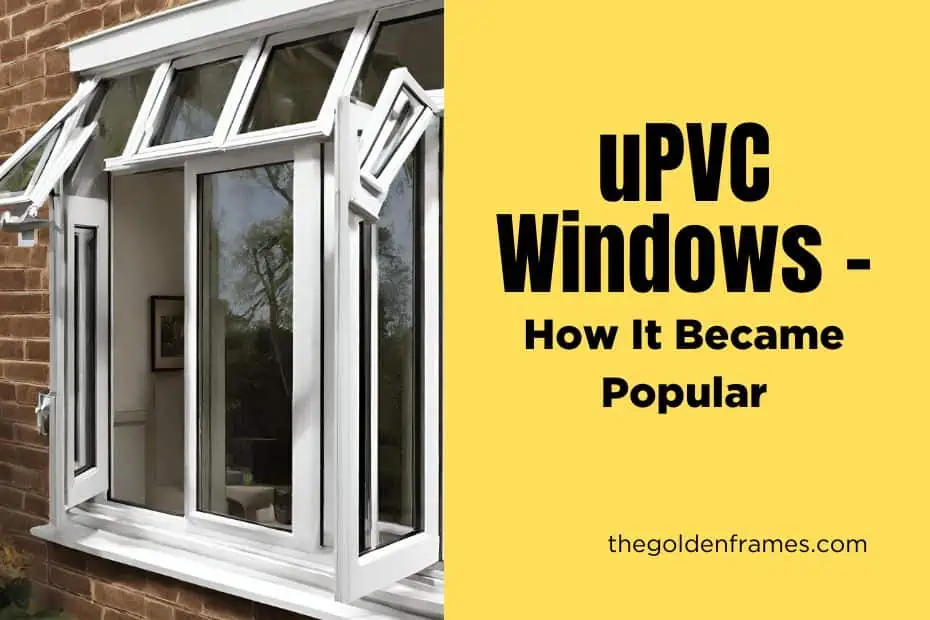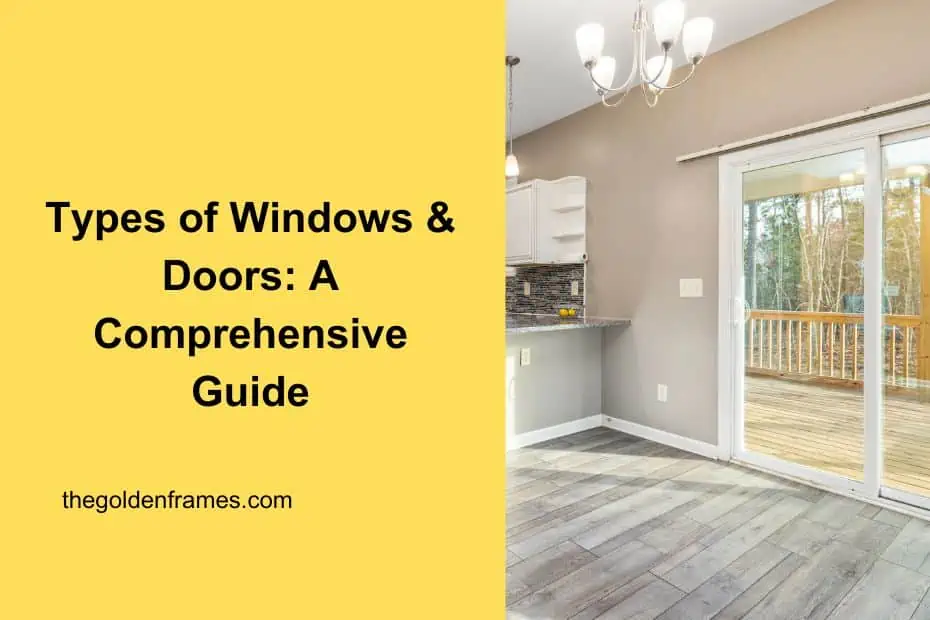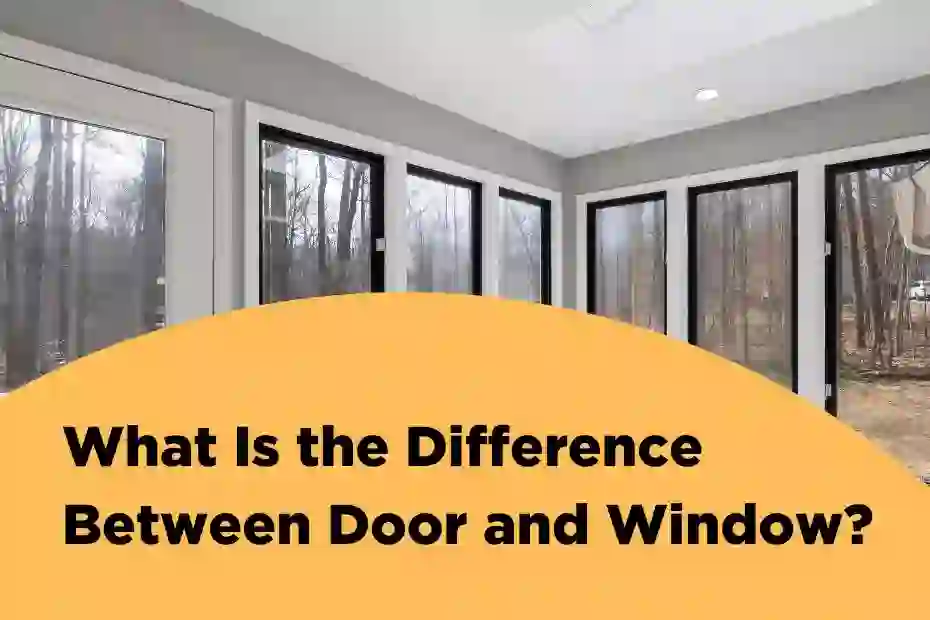Hello, readers! TGF welcomes you to another interactive blog on uPVC windows – A complete guide. This blog covers all detailed information about the definition of uPVC windows, the history of uPVC windows, how uPVC is made, the need for uPVC windows, costing of uPVC windows, and drawbacks of uPVC windows. If you want to know anything more related to types of doors or windows, you can contact us, and we will surely assist you with the best of our knowledge and experience.
Definition of uPVC Windows
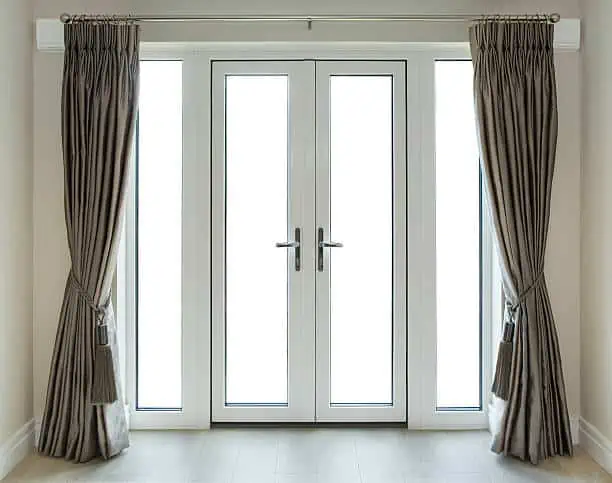
uPVC windows are another category of windows whose raw material is being used as uPVC. The word uPVC stands for unplasticized polyvinyl chloride. By the word “unplasticized,” it means there are no add-on plasticizers. These products are also recommended as energy-efficient.
History of uPVC Windows
While you are searching for uPVC windows near me, you should know the history of uPVC windows. As per the theory, it was discovered by mistake somewhere in 1838 by Mr. Henri Victor Regnault. uPVC windows were quite popular in the European Union. It came into commercial use in the late 1950s.
uPVC windows became quite popular in the 1980s and 1990s. In the early 2000s, a few big companies started the extrusion of uPVC windows, giving a real boost to the product in the market.
How uPVC is Made?
uPVC is a synthetic product made by the chemical synthesis of chlorine & ethylene. Many stabilizers are added, such as lead compounds, titanium dioxide & many more.
Every stabilizer is added for specific purposes, some for increasing lifetime by reducing brittleness, some for longevity, thermal resistance, weather resistance & processivity, etc.
Different companies may have different compoundings, different substances, different ratios depending upon the quality of the product they are trying to achieve.
Need for uPVC Windows
Homeowners were using wooden windows for a very long time and were actually looking for better performance & aesthetics from windows now. uPVC windows were the best available option than wooden windows. Suddenly, it became popular.
If you want to know more, you can visit our blog “Unveiling the Rise: uPVC Windows – How It Became Popular.”
Cost of uPVC Windows
uPVC windows’ price per sq ft varies from 300 sq ft to 2000 sq ft; it depends on the design the customer is looking for in the house. uPVC windows’ price per sq ft is costlier than wooden windows if you go for normal available options.
Slider doors & windows are cheaper than casement doors & windows. The range of slider doors and windows hovers between Rs. 300 per sq ft to Rs. 2000 per sq ft, further depending on the color of the profile. Whereas casement doors & windows hover between Rs. 800 per sq ft to Rs. 1500 per sq ft.
Drawbacks of uPVC Windows
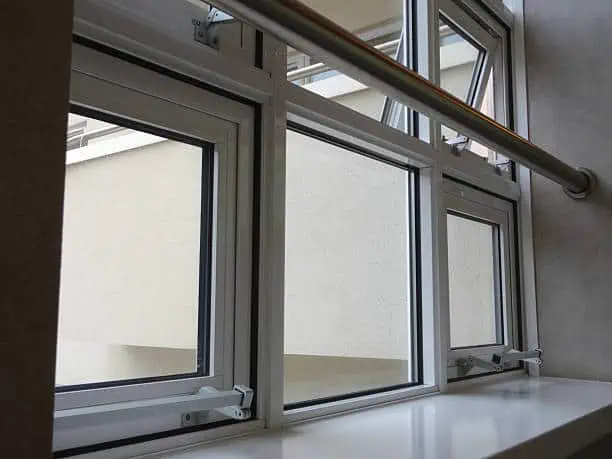
There are mainly three drawbacks of uPVC windows:
1. Limitations in Size
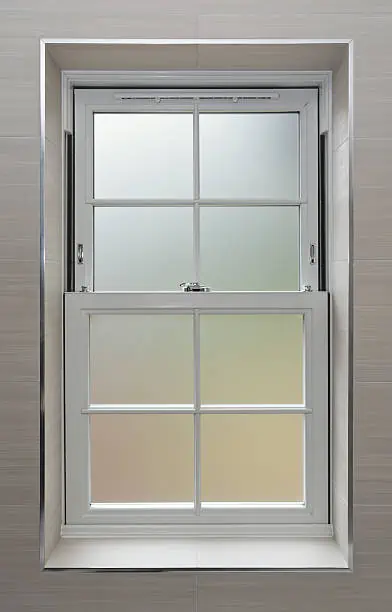
uPVC windows have limitations in sizes both with respect to width as well as height. Customers have started looking for much wider frames so that they can better enjoy the view outside. There are still many designs that cannot be achieved in uPVC but can be easily achieved in either wood or aluminum.
2. Color Fading
This is one of the major reasons for a sudden drop in interest towards uPVC windows. Only a few companies are able to manage & retain the white finish they offer during the time of sales. There are many questions that get raised when customers ask:
- Does uPVC deteriorate?
- Is uPVC lead-free?
- Why does uPVC go yellow?
- Is uPVC affected by sunlight?
- Is uPVC harmful to health?
- What is better than uPVC?
- Is lead added to uPVC?
- Why is lead added to uPVC?
- Does uPVC fade in sunlight?
There are many such questions. The technical reason behind this fading is because of the blend they make during extrusion & the quantity and quality of stabilizers being used. But over time, if the windows are exposed to the sun, color fading will start in uPVC windows. That is the reason every brand has a different lifespan.
3. Aesthetics
It is another big reason that both homeowners & architects are not willing to plan their house with uPVC windows because of the aesthetics it comes up with. In this modern era, everyone is looking for minimalistic be it furniture, kitchen, vanity & in fact windows also. The sightline we get in uPVC windows is at least 75 – 120 mm, which is too broad & sometimes does not justify the view it is meant to give.
It is our opinion that nowadays, uPVC is a shrinking market. In fact, many brands are winding up their business in India & moving back to the parent country, but since India is a country of 140 crores population, it will remain live in the market & you may see it more for another 50 years, but the trend will remain declining. Aluminium, carbon fiber, and thermal break windows will be the future of the windows industry in India.
Get in Touch: Let’s Talk Doors and Windows
Please let us know if you need assistance in buying or selecting windows or doors for your house. You can write to us at tgfthegoldenframes@gmail.com to learn more interesting facts. We will be more than happy to serve you.
